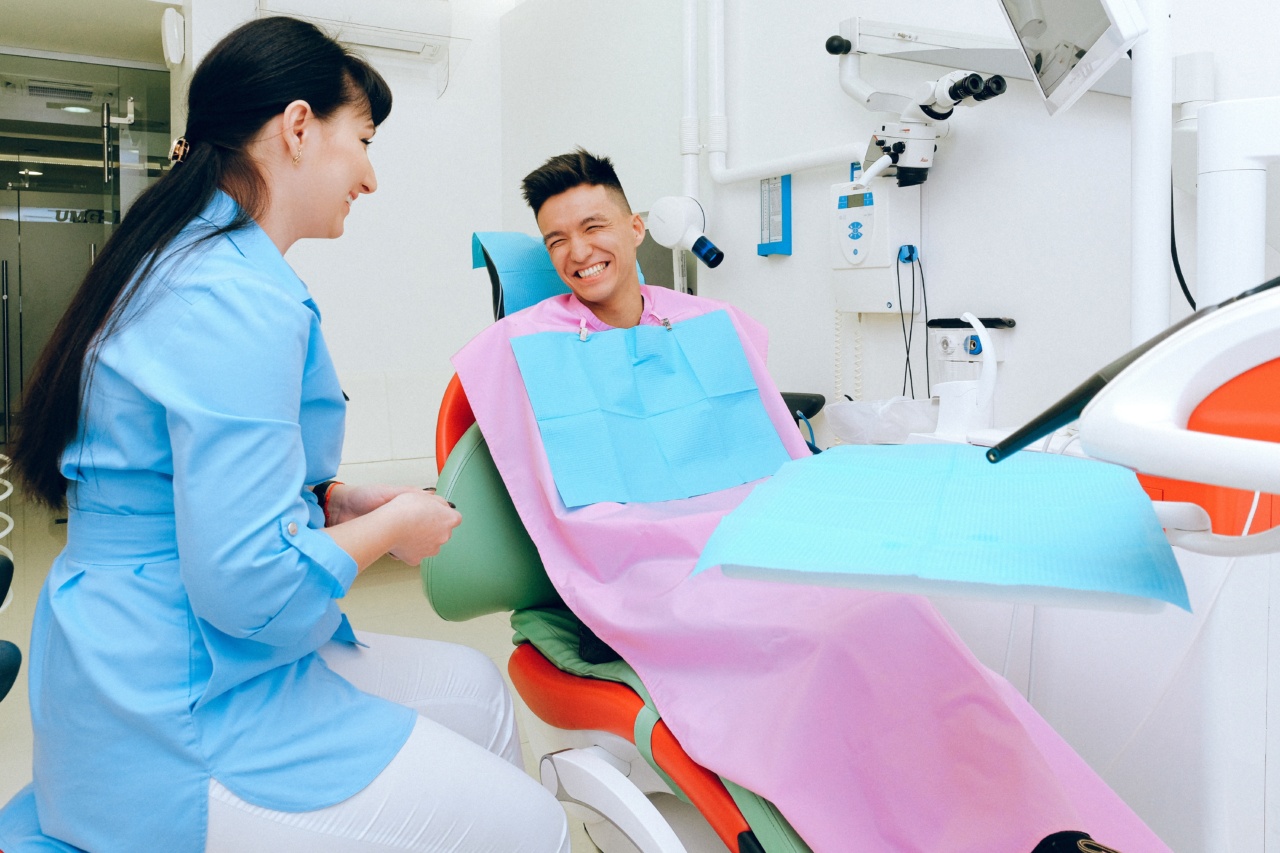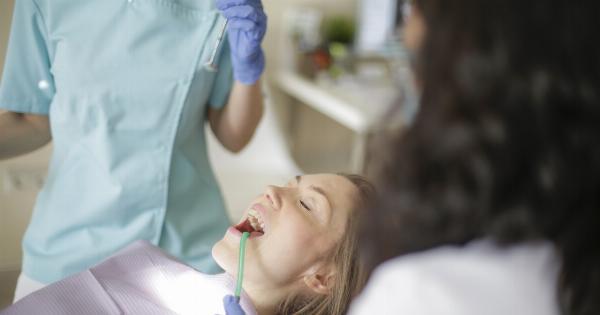When it comes to dental health, there are numerous myths and misconceptions that can often lead to confusion and misinformation. In order to achieve a better smile, it is important to have accurate knowledge and understanding of dental care.
In this article, we will debunk some common dental myths and provide you with the correct information for maintaining optimal oral health.
Myth #1: Brushing harder cleans teeth better
Contrary to popular belief, brushing your teeth harder does not equate to cleaner teeth. In fact, aggressive brushing with excessive force can lead to gum recession and enamel erosion.
It is recommended to brush your teeth using a gentle circular motion with a soft-bristled toothbrush for two minutes, twice a day. Remember, it’s the proper technique and consistency that matter, not the force.
Myth #2: A toothache means you have a cavity
While a toothache can be a sign of a cavity, it is not always the case. Toothaches can also be caused by gum disease, teeth grinding, sinus problems, or even a cracked tooth.
It is essential to visit your dentist to accurately diagnose the cause of your toothache and receive appropriate treatment.
Myth #3: Sugar is the sole cause of tooth decay
While sugar consumption does contribute to tooth decay, it is not the only factor. Plaque, a sticky film of bacteria, thrives on carbohydrates, including sugar and starches.
When the bacteria in plaque come into contact with these carbohydrates, they produce acids that attack the tooth enamel, leading to decay. Maintaining good oral hygiene practices, such as regular brushing, flossing, and dental check-ups, is crucial for preventing tooth decay.
Myth #4: Flossing is not necessary if you brush regularly
Brushing alone cannot adequately clean the tight spaces between the teeth and along the gumline. Flossing is essential for removing food particles and plaque from these hard-to-reach areas. It helps prevent gum disease, cavities, and bad breath.
Incorporating flossing into your daily oral hygiene routine is vital for maintaining optimal dental health.
Myth #5: Dental visits are only necessary when you have a problem
Regular dental check-ups are crucial for detecting and preventing potential dental issues. Dentists have the expertise to identify problems at an early stage, which allows for less invasive and less costly treatments.
Additionally, regular cleanings by a dental hygienist help remove tartar and plaque buildup that cannot be eliminated through regular brushing and flossing alone.
Myth #6: Teeth whitening is harmful to tooth enamel
Professional teeth whitening methods conducted by dental professionals are safe and do not harm the enamel. However, it is important to follow the instructions provided by your dentist and avoid excessive or unregulated use of whitening products.
Overuse or misuse of certain whitening products can lead to tooth sensitivity and gum irritation. Consulting with your dentist before undergoing any whitening treatment is recommended.
Myth #7: Baby teeth are not important since they will fall out
While it is true that baby teeth eventually fall out, they play a crucial role in a child’s oral health and development. Baby teeth help with speech development, oral function, and act as placeholders for permanent teeth.
Neglecting baby teeth can lead to dental problems, such as misalignment of permanent teeth and difficulties in future oral care. It is important to establish a good oral hygiene routine for your child’s baby teeth to ensure proper dental development.
Myth #8: Chewing sugar-free gum is just as effective as brushing
Sugar-free gum can be beneficial for dental health, but it is not a substitute for brushing. Chewing gum stimulates saliva production, which helps neutralize acids and wash away food particles.
However, it cannot remove plaque and clean teeth like proper brushing and flossing can. Chewing sugar-free gum can be an extra measure for maintaining oral health, but it should never replace regular brushing and flossing.
Myth #9: Teeth whitening products can fix all types of tooth discoloration
Teeth whitening products are effective at addressing extrinsic stains caused by external factors such as food, beverages, and smoking.
However, they may not be as effective for intrinsic stains, which are discolorations that occur within the tooth’s structure. Intrinsic stains can be caused by factors like trauma, medication, or excessive fluoride consumption. If you have intrinsic stains, it is best to consult with a dentist to determine the most appropriate treatment options.
Myth #10: You can’t straighten your teeth without braces
While traditional braces are a common method for straightening teeth, there are alternative options available. Invisalign, for example, uses clear aligners to gradually shift teeth into the desired position.
These aligners are virtually invisible and can be removed for eating and brushing, providing more convenience compared to traditional braces. It is essential to consult with an orthodontist to determine the most suitable teeth straightening option for your specific needs.

























